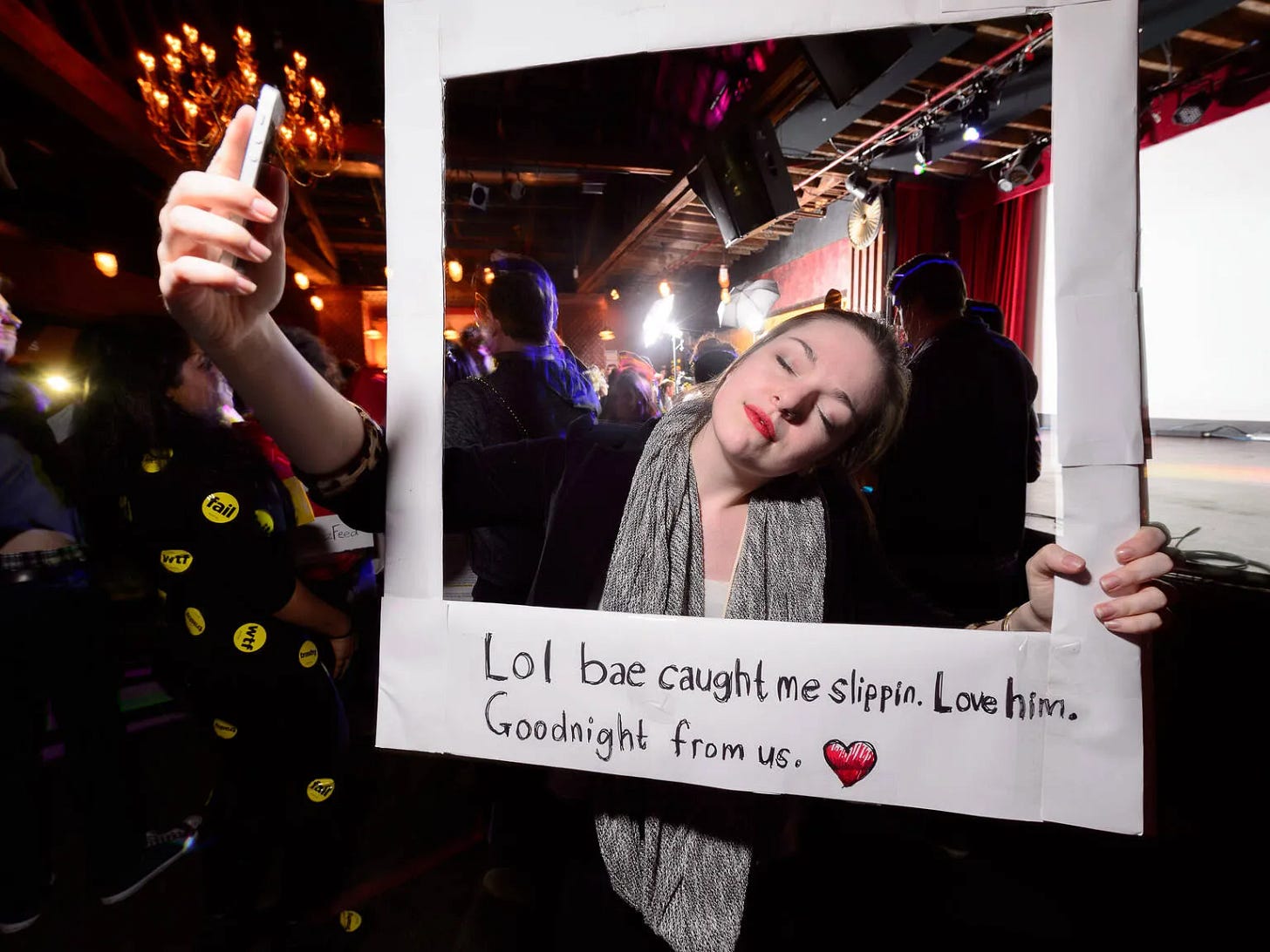Halloween has gone full brain rot
Are meme costumes destroying the holiday or helping us process our internet-mediated reality?
On May 31st, 2009, the internet culture news site Urlesque and Know Your Meme co-hosted a party called "A Night to ReMEMEber” where attendees were instructed to dress up as their favorite internet meme. The party attracted popular Tumblr creators, early YouTubers, bloggers, and internet enthusiasts. It was such a hit that the organizers decided to join …


